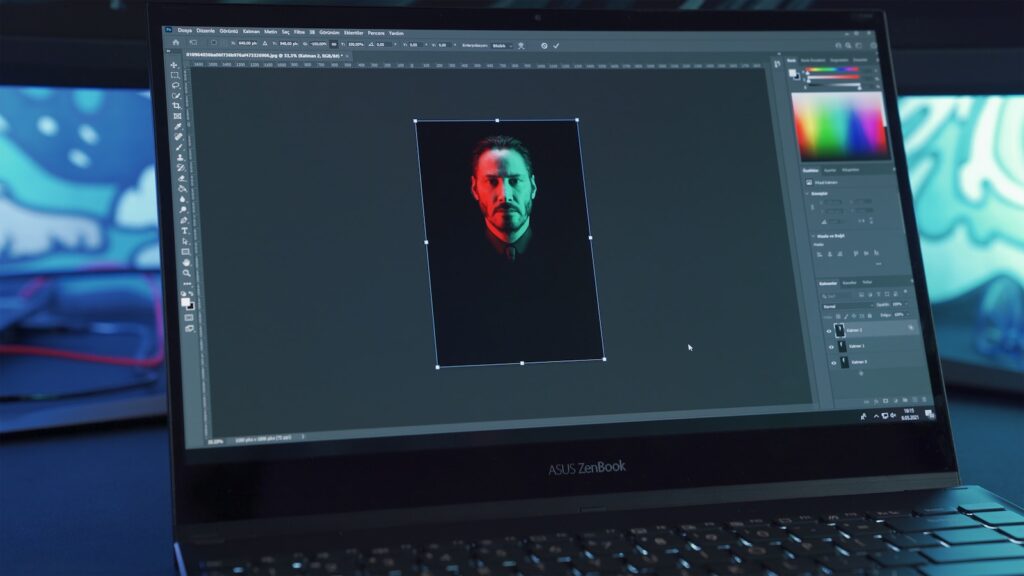Mastering the art of photo editing is essential for any designer aiming to elevate their visual content. In the realm of design, a well-edited photo can transform an ordinary project into an extraordinary one. Whether you’re working on web graphics, marketing materials, or social media content, having a few advanced photo editing techniques up your sleeve can significantly enhance the quality and impact of your designs. Here are the top five photo editing techniques that designers should master to bring their creative visions to life and ensure their work stands out.
1. Layer Masking for Seamless Blending
Layer masking is a non-destructive photo editing technique that allows designers to blend and combine images smoothly without permanently altering the original photos. This technique provides the flexibility to hide and reveal parts of an image by painting black or white on the mask. Layer masks are invaluable for creating composite images, adjusting exposure, and refining edits with precision. Mastering layer masking can give you complete control over the visibility of various parts of your images, enabling more complex and nuanced design compositions.
2. Advanced Color Grading
Color grading is not just for videographers; it’s a crucial skill for designers looking to evoke specific moods or styles within their images. This technique involves adjusting the color balance and tonal range of images to achieve a particular look. Using tools like Curves, Levels, and Color Balance in photo editing software, designers can enhance color harmony, correct color imbalances, and make colors pop. Learning to manipulate these settings effectively can transform the aesthetic appeal of your designs, making them more compelling and visually cohesive.
3. Frequency Separation for Retouching
Frequency separation is a professional retouching technique used to smooth out skin tones without losing the texture of the skin in portraits. It works by separating the texture and color/tone into different layers, allowing you to work on them independently. This technique is perfect for designers involved in creating advertising and promotional materials where portrait quality can make or break the visual outcome. Mastering frequency separation can elevate your retouching skills, ensuring your subjects look flawless yet natural.
4. HDR Merging for Dynamic Range Enhancement
High Dynamic Range (HDR) merging is a technique used to enhance the dynamic range of a photo—meaning the difference between the lightest and darkest tones. By combining multiple exposures of the same scene, designers can create a single image with greater dynamic ranges in lighting and color. This technique is particularly useful for landscape and real estate photography where details in both the shadows and highlights are crucial. HDR merging can dramatically improve the visual impact of your photos, making them more vivid and detailed.
5. Selective Sharpening for Focus and Clarity
Selective sharpening is a technique that involves applying sharpness to specific areas of an image to enhance detail and draw attention. Unlike global sharpening, which affects the entire image, selective sharpening allows you to pinpoint areas that need more clarity—such as the eyes in a portrait or specific elements in a product shot. This technique can be done using layer masks combined with sharpening tools to refine the focus and add a professional polish to your images.
By integrating these advanced photo editing techniques into your workflow, you can significantly enhance the quality and professionalism of your design projects. These skills will not only allow you to execute your creative vision more effectively but also offer solutions to common photographic challenges, ensuring your work always features high-quality imagery. As you continue to explore and master these techniques, you’ll find that your ability to manipulate and enhance photos will become a cornerstone of your design expertise, setting you apart in the competitive world of design.

